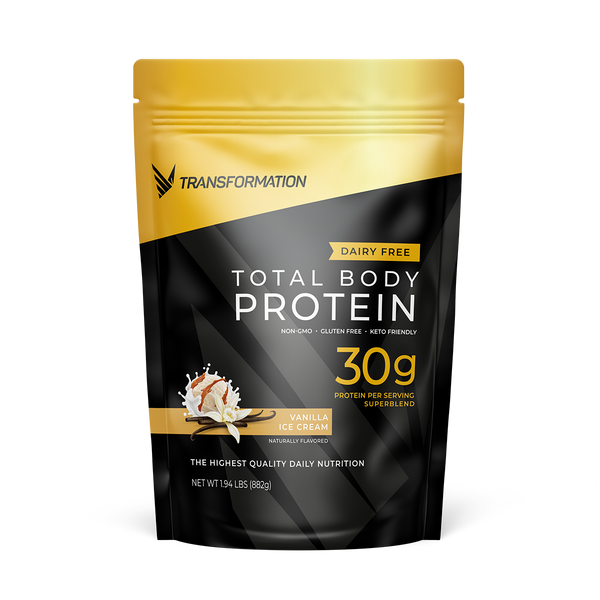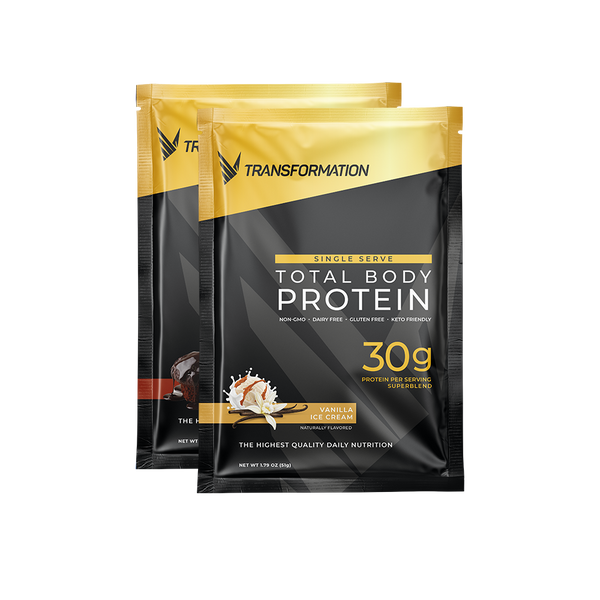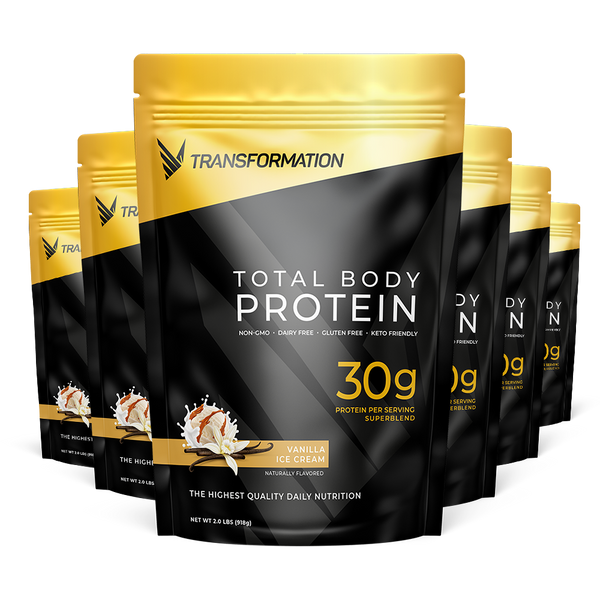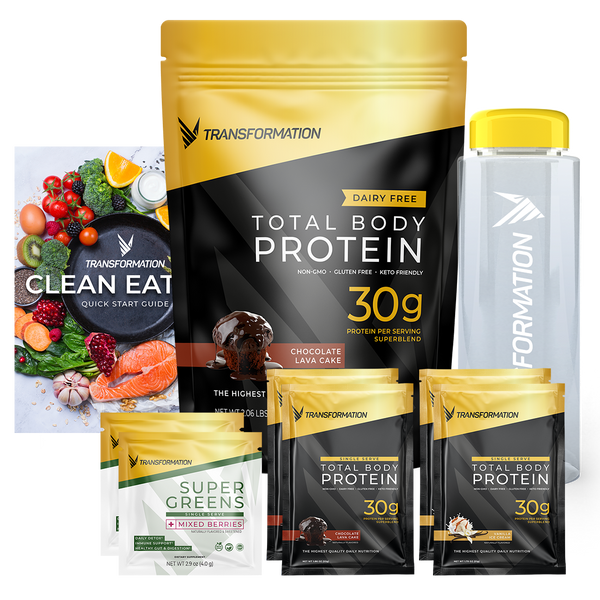
Fat Loss, Cardio, and Flexibility After 40
Adulthood is a satisfying chapter of life, yet it also introduces a slew of health considerations. The invincibility implied by youth fades, and with it, our approach to fitness must mature. For those over 40, especially, wellness moves from being an optional habit to an essential part of living fully. This holistic self-care should encompass not only a trim waistline but a robust cardiovascular system and supple musculature as well. In this comprehensive guide, we explore strategies to tackle fat loss, enhance cardiovascular health, and maintain flexibility and mobility into the golden years.
The Pillars of Adult Fitness: Beyond the Aesthetics
Age brings wisdom—and, with it, a greater understanding of the multifaceted nature of fitness. While the appeal of a toned physique might have been your primary motivation in your twenties, the value of functional fitness comes to the fore as you enter middle age. The best exercise regime considers three core components: strength, cardio, and flexibility.
Understanding Core Principles
In your forties, you can't outrun a poor diet or expect cardio to counteract the effects of a sedentary work life. You need a well-rounded plan that incorporates smart eating, consistent cardiovascular exercise, and attention to flexibility for comprehensive benefits.
If you've spent years largely inactive, your approach will look different than someone who's been a lifelong marathon runner. However, the core principles remain the same—progressively challenge your body, support it with proper nutrition, and be consistent. The goal is to live actively with an eye on both quality and quantity of life.
Fat Loss Strategies at 40 and Beyond
When it comes to shedding excess body fat, there's no magic bullet. Quick-fix diets and marathon gym sessions aren't sustainable or effective. What midlife individuals do need are adaptable strategies that fit within busy schedules and prioritize overall health.
Resetting Your Relationship with Food
The foundation of fat loss is, unsurprisingly, your diet. And after 40, your metabolism slows, making it crucial to reassess your caloric needs. This is not about deprivation but about fueling your body in a way that supports your activity levels and health goals.
Understanding the role of macronutrients—carbohydrates, proteins, and fats—is key. Proteins for muscle maintenance, carbohydrates for energy, and 'good' fats for hormonal health and satiety.
The Art of Portion Control
A simple but powerful strategy for addressing overeating is portion control. Measuring and being mindful of your servings can make a significant difference without the need to eliminate foods you love.
Slowing down and paying attention to your food can help prevent mindless munching and improve digestion.
Cardiovascular Exercises for Heart Health and Endurance
Particularly as we age, cardiovascular health is a non-negotiable. It's about more than just being able to run a mile; it's a predictor of future health and vitality. But what are the best ways to get your heart pumping after 40?
The benefits of cardio extend far beyond calorie burn. Better heart and lung health, improved blood pressure, better sleep, and a stronger immune system are just the start.
Cardio doesn't have to mean slogging away on a treadmill. Activities like swimming, cycling, dancing, or even hiking can all count.
High-Intensity Interval Training (HIIT) for Efficiency
HIIT can be a time-efficient way to improve cardiovascular fitness, interspersing short bursts of intense exercise with brief recovery periods.
Flexibility and Mobility Exercises
Flexibility and mobility might take a backseat to cardio and strength training, but they are no less important, especially as we age. They prevent injury and keep you moving freely.
Flexibility exercises are often undervalued, but they're crucial for maintaining a full range of motion in your joints.
Incorporating dynamic stretching into your warm-ups and static stretching into your cool-downs can lead to notable improvements in flexibility over time.
Movement Patterns for Everyday Life
Exercises that mimic daily movements, such as squats and lunges, can improve both flexibility and stability.
Targeted Workouts for Middle-aged Adults
For those over 40, it’s about working smarter, not necessarily harder. The following sample workouts can help you incorporate the right mix of activities for a balanced fitness program.
Sample Fat Loss Routine
A blend of strength training and HIIT cardio can be effective for fat loss. Consider a program that includes full-body workouts three to four times a week, with high-intensity intervals on off-days.
Sample Cardiovascular Routine
Incorporate at least 150 minutes of moderate-intensity aerobic activity, such as brisk walking, per week. Or you can aim for 75 minutes of vigorous-intensity activity, such as running, spread throughout the week.
Sample Flexibility and Mobility Routine
Regular yoga or Pilates can be a superb way to improve flexibility and mobility. Ideally, aim for two to three sessions per week to complement your other workouts.
Fitness after 40 is not a lost cause—it's a new beginning. By adjusting your approach to diet, exercise, and overall wellness, you can not only maintain but improve your health and vitality. The key is consistency, balance, and an openness to new ways of approaching your fitness routine. Remember, the goal is not to recapture your youth but to enhance the quality of your life at every turn.





